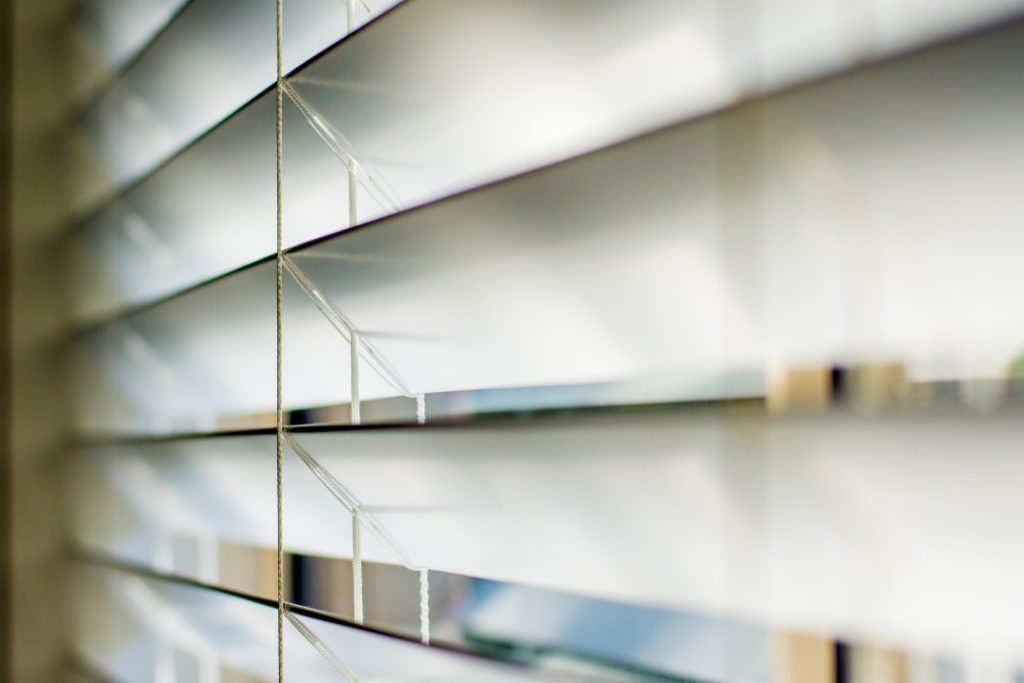If you’re looking for a way to improve your cabin without breaking the law, consider installing window shades. These simple window treatments can provide privacy while still allowing for maximum light and airflow. And if you’re like me, you may even want to make on-board announcements about these shades, as they may be particularly helpful in keeping cabins comfortable during hot and humid weather. This article will go over the rules and operating systems of window shades, as well as new ones that might be implemented.
On-board announcements
The first major U.S. airline to enforce this safety precaution is United Airlines. Until recently, this airline instructed its passengers to keep their window shades closed during takeoff and landing. However, the company has recently withdrawn this policy, citing an internal memo that cited a lack of enforcement by flight attendants. Here’s why. You can make your plane more comfortable by using window shades. And you can feel good knowing that the airline is doing its part to keep passengers safe.
Many airline companies are making changes to their cabins to increase safety. Most affordable blinds can help passengers acclimate to low light conditions and help prevent eyestrain. They can also reduce the likelihood of medical emergencies. Many people experience headaches, eyestrain, and headaches after flying for hours. But these changes aren’t limited to airplanes. They also can help passengers with sleep disorders. By blocking out excessive light, window shades can improve a passenger’s mood and overall health.
Operating systems for window shades
If you’re in the market for new window treatments, one of the best options is motorized operating systems. These systems combine the functionality of a cord with a wand. Some operate via Bluetooth, while others require a networking device known as a bridge. There are several types of operating systems, and you’ll want to choose one that suits your home’s decor and the type of window treatment you’re installing.
One option for motorization is to purchase cordless window treatments. Hunter Douglas, for example, makes cordless window treatments available. And if you’d prefer to manually operate your window shades, you can install a Vertiglide ™ system. This system is perfect for large side-to-side openings, such as sliding patio doors. Duette, Applause, and Vignette (r) shades are all available with Vertiglide systems.
New rules
There is no rhyme or reason for airplane window shade rules, but a recent update from United Airlines has changed all that. Now, when taking off and landing, passengers are told to keep their window shades open. The reason behind the change is as simple as changing culture. Before, people would wait for a few extra minutes before emailing their boss, but now, you can send an email without waiting for the airplane to taxi.
Airlines have changed their policies to encourage passengers to open window shades. Previously, only United Airlines enforced this safety policy, which required passengers to lower them during takeoff and landing. Now, many airlines are following suit. However, there are still many questions regarding how the airline should enforce this policy. The government should look into this. Aside from the safety risks, it could make it difficult for passengers to travel. That’s why the new rules are so important.
Compliance with existing rules
Inflight has recently changed its cabin safety policy to require passengers to open their window shades for takeoff and landing. This change was a welcome enhancement to the safety of cabins, and is the result of AFA’s advocacy efforts. First Responders need to see inside an aircraft, and the window shades prevent this. By preventing the smoke from being seen, emergency services can quickly decide the safest location to enter an aircraft.
